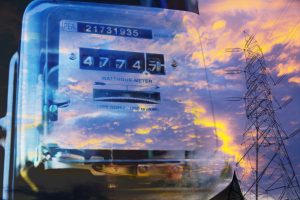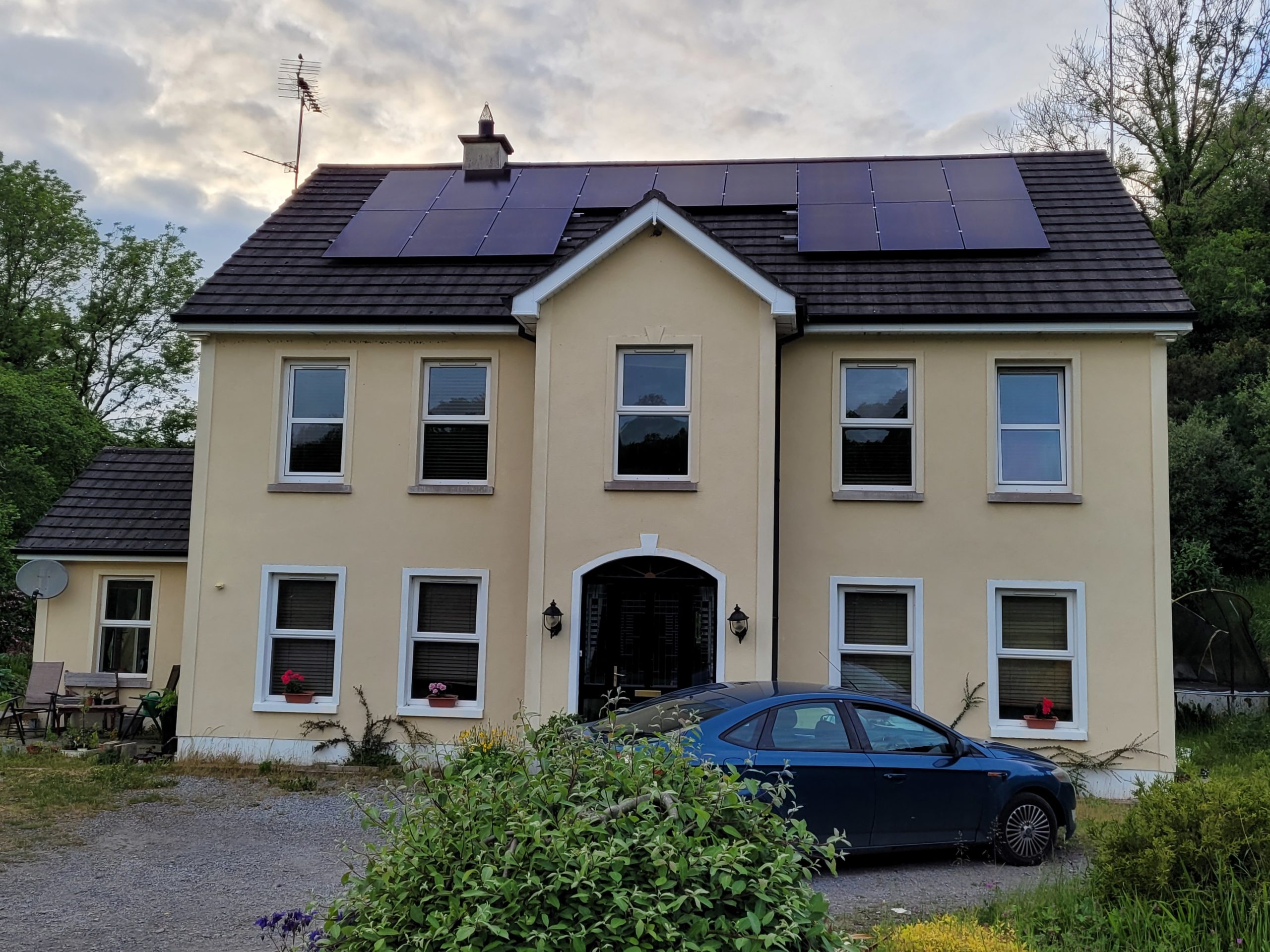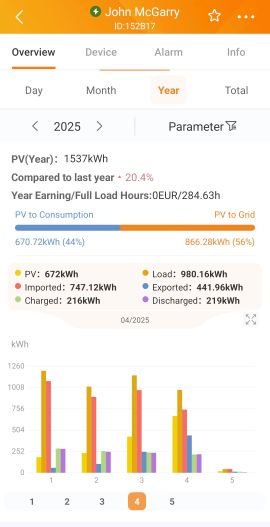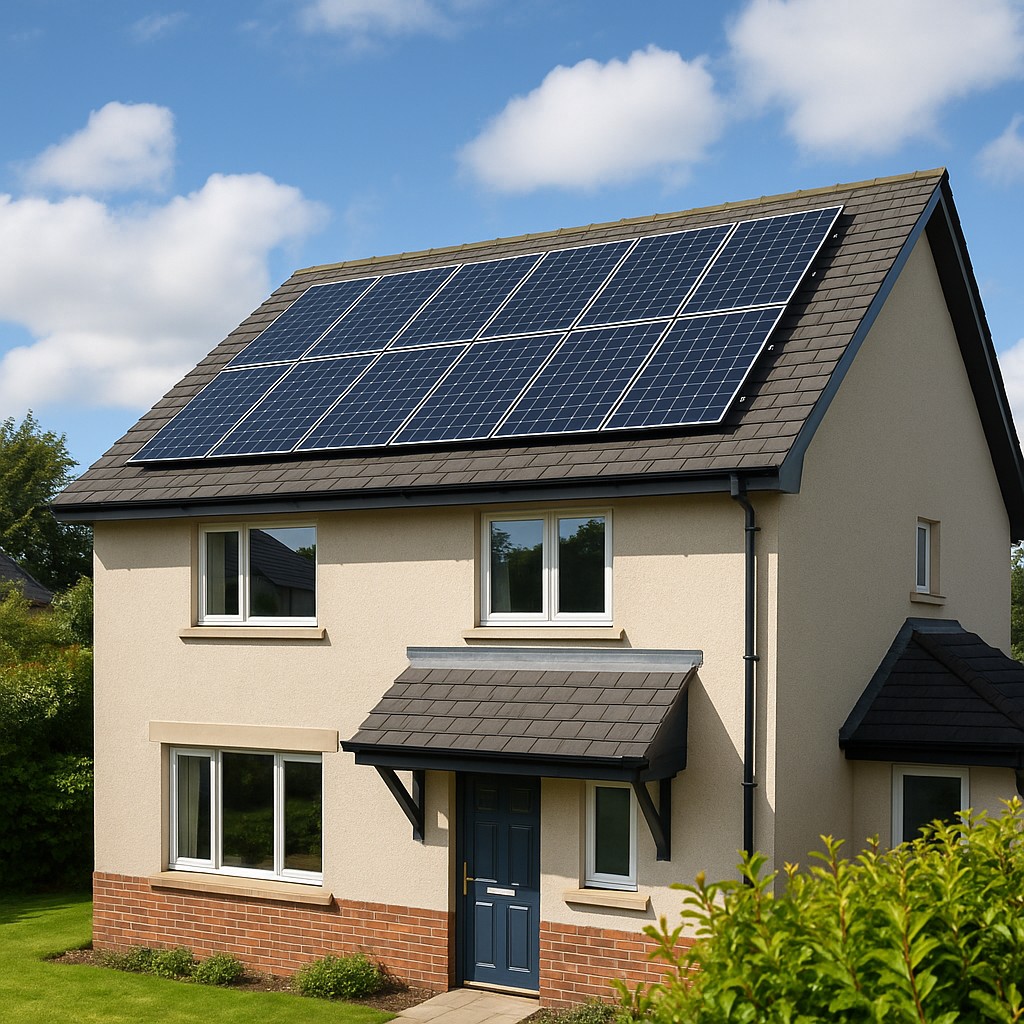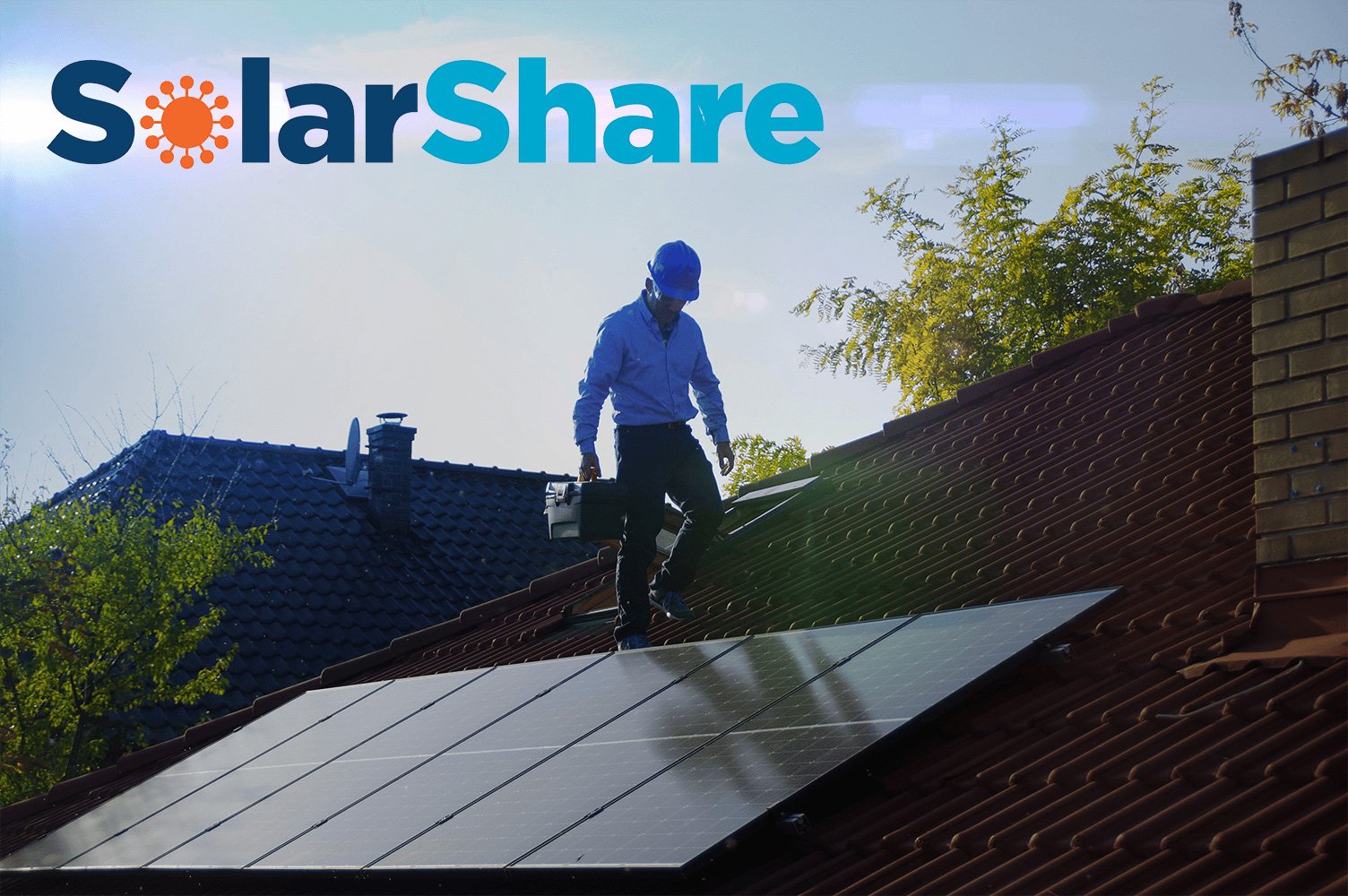
Buying a solar PV system today to generate your own electricity at home is the modern equivalent of buying a personal computer (PC) thirty years ago. As it was back then with CPUs and RAM and hard disk sizes, there’s a whole new set of jargon to get your head around.
For fans of Reeling in the Years, the RTE coverage of the opening of the Dell factory in Limerick in 1991 will hopefully bring a smile, halcyon times.
Let’s attempt to use the analogy of buying a computer to help us understand what we need to consider when buying a solar PV system. It’s not a perfect analogy, but it can be a useful shorthand way of thinking about it.
When considering a PC, it’s all about managing bits and bytes of information (kB, MB, etc). With a solar PV system, it’s units of power (watts, kilowatts, kW, etc) and electricity (kilowatt hour, kWh).
Using 1kW of power for 1 hour is 1 kWh, which today costs around 20c, so you get about 5 kWh for a euro. The national average consumption rate per home is about 4200 kWh per year.
Too much jargon already?
Just focus on these two things:
Self-sufficiency Rate: how much of your current (and future) electricity needs can you generate from the proposed solar PV system?
Self-consumption Rate: what proportion of those solar kWh you generate will you consume yourself (and not export to the grid)?
Don’t expect to get them both to 100%, but when comparing options and prices, look for the highest combined rates for the lowest price. It’s a simple shorthand for comparing quality and value for money.
And so, back to the PC analogy…
Solar PV System
PC Analogy
Inverter
The ‘brains’ of the solar PV system, it handles power, converting direct current (DC) from the solar panels to alternating current (AC) that you use in your home.
Central Processing Unit (CPU)
e.g. Intel Pentium
Solar Panels
These convert the suns light into electrons to generate power.
RAM
Battery
With electricity, you have to use it or lose it. If you can’t, you need to store it to use later.
Hard Disk

